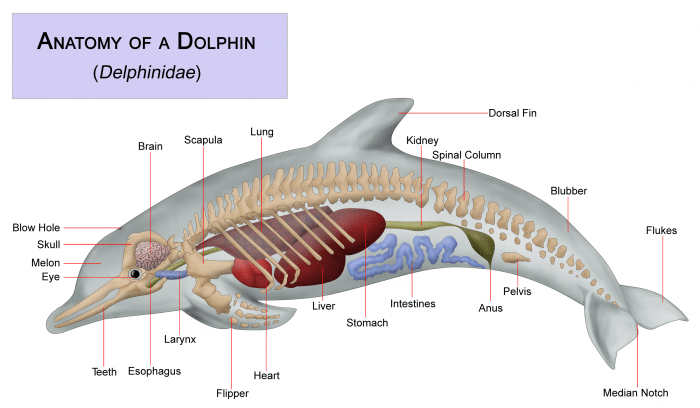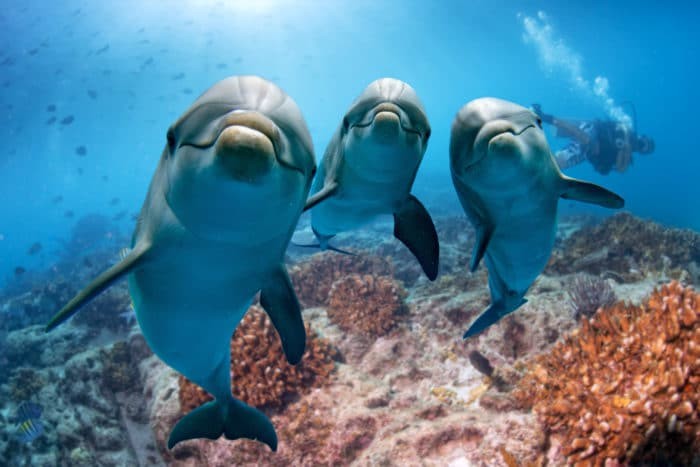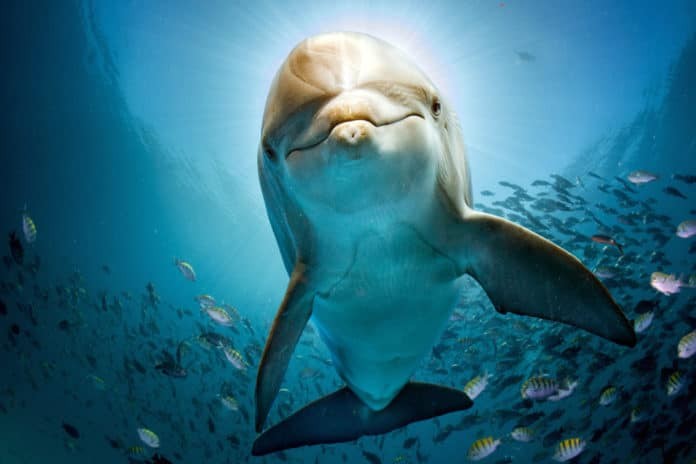EDITOR NOTE: Congratulations to everyone who looked at the date of the article – 1st April – and realized it was our annual April Fool Joke. Whilst we wish we had advanced enough to communicate with Dolphins it just isn’t real yet.
In this technologically-advanced age, powerful processing and cutting-edge algorithms are advancing human progress in almost every aspect of our lives — from ordering groceries to sequencing genomes. Now we’ve heard that a new algorithm for language processing is pushing the boundaries of interspecies communication after a recent breakthrough in dolphin vocalization analysis.
Beginning in the 1950s, scientists have been fascinated by the advanced intellectual and social behavior exhibited by dolphins. Cetacean research has been funded by a variety of organizations including Sea World, the US Navy, SPAWAR, and even NASA. Over time, changing political climates and rapidly-improving technology have resulted in shrinking research budgets, and dolphin programs have seemed to lose favor along with their funding.

Lately, however, there has been a marked uptick of interest in dolphins’ abilities to understand and produce language. Cetaceans have large, complex brains, and a larynx just like humans. And though they don’t have vocal cords, they have been observed making a variety of sounds that vary with context. Until now, scientists have had little luck identifying and isolating those sounds, let alone learning how to combine them into coherent, unique communications with dolphins. Inspired by the findings of marine mammal researchers, a few ambitious tech companies have been developing self-evolving algorithms to help crack the code.
According to Dr. Karen Maynard, the principal investigator on a dolphin speech program based out of San Diego:
“Once we discovered that they give themselves unique names, we knew that they were definitely using some kind of verbal language.”
She recalls hours and hours spent feeding recordings of dolphin vocalizations into the database, and the day that all the hard work paid off. In a manner of speaking.
“Having a direct conversation with another species, how could it be anything other than profound?”
Apparently, it was not.
In their first successful session, the team brought fish treats as an incentive for the Dolphins’ participation. When first presented with the food offering, two juvenile males accepted and ate the fish, then one made a sudden dash toward the ocean floor, temporarily disappearing from view. He surfaced a few minutes later with a large tuna struggling in his jaws, and made sounds that will go down in natural history as the first intelligible interspecies “conversation”.
What were the historic first words exchanged between dolphin and human? The digital translator picked up the following:
Dolphin 1 “See, got big fish”
Dolphin 2 “Brother, small fish, you a new hunter?”
Dolphin 1 “What talking about, this fish big than you”
Dolphin 2 [At this point, this dolphin seemed to point and wiggle its head which suggested something similar to “pointing and laughing” in humans]
It is difficult to draw any robust conclusions without much more testing, but subsequent exchanges with the dolphins yielded more of the same.

Listening in on vocalizations between various individuals, it became evident that they were very competitive and seemed to engage in what humans might refer to as “trash-talking”.
“We thought they’d be…I don’t know. Deeper?”
An admittedly disappointed Dr. Maynard isn’t giving up. She plans to continue her work with new dolphins in the hope that the attitudes of her landmark subjects are an exception rather than the norm among cetacean social hierarchies.
Here’s hoping it turns out to be more than locker room insults and grandstanding.

